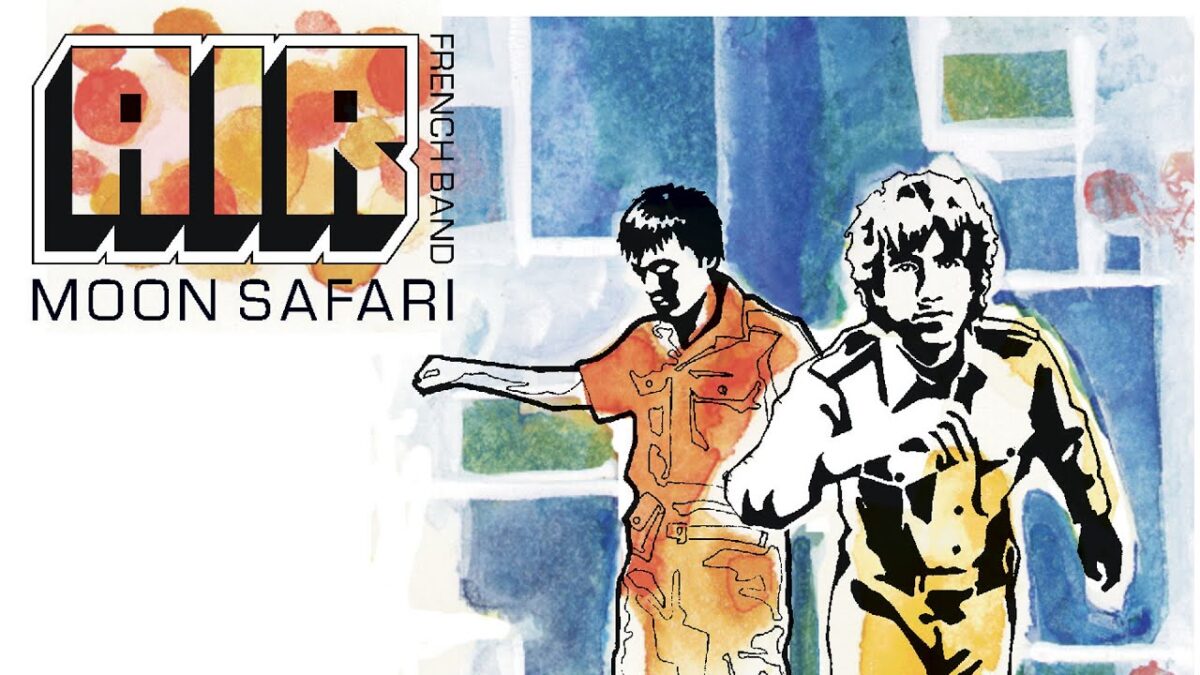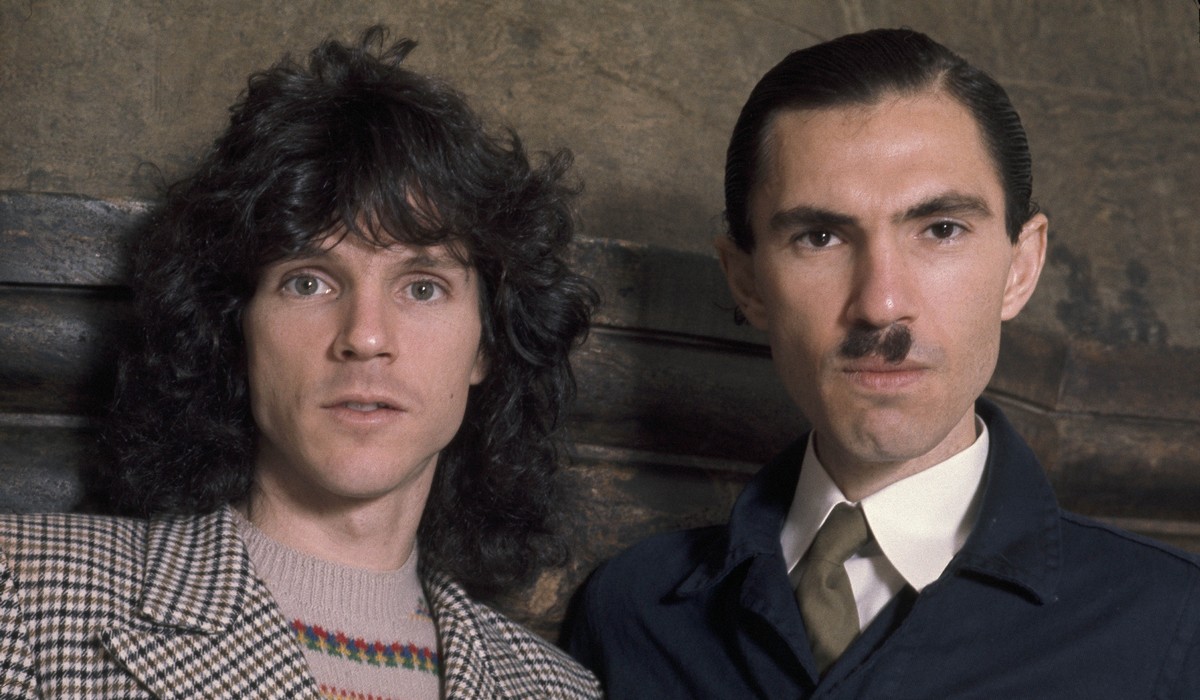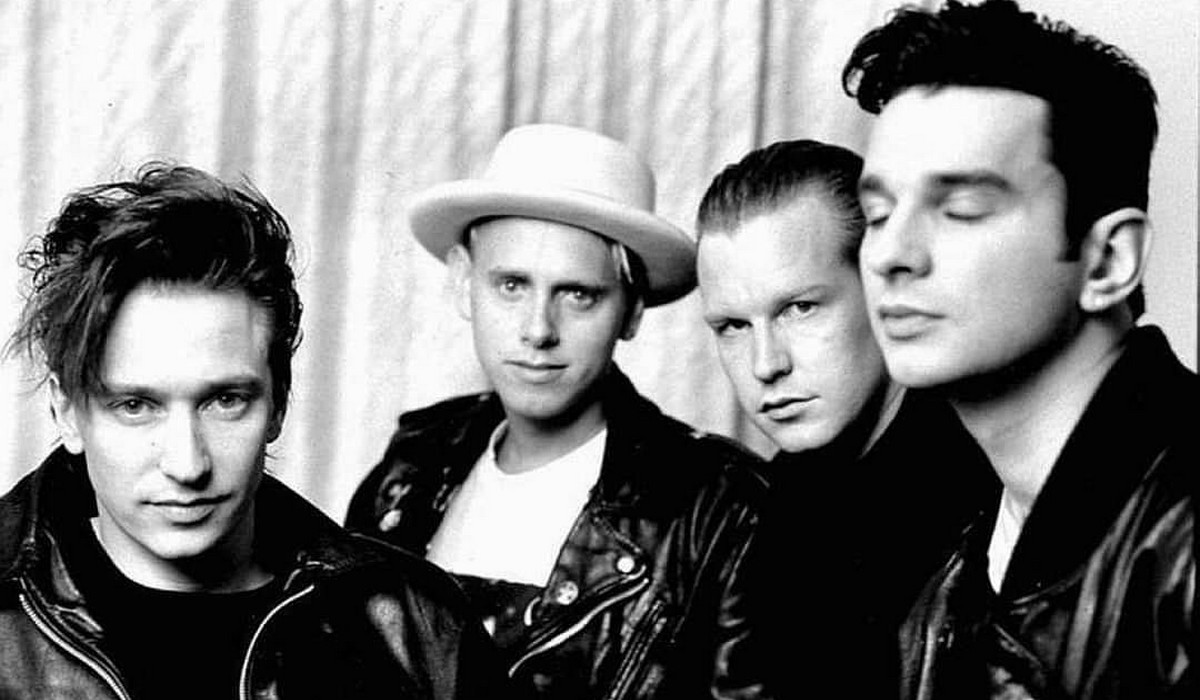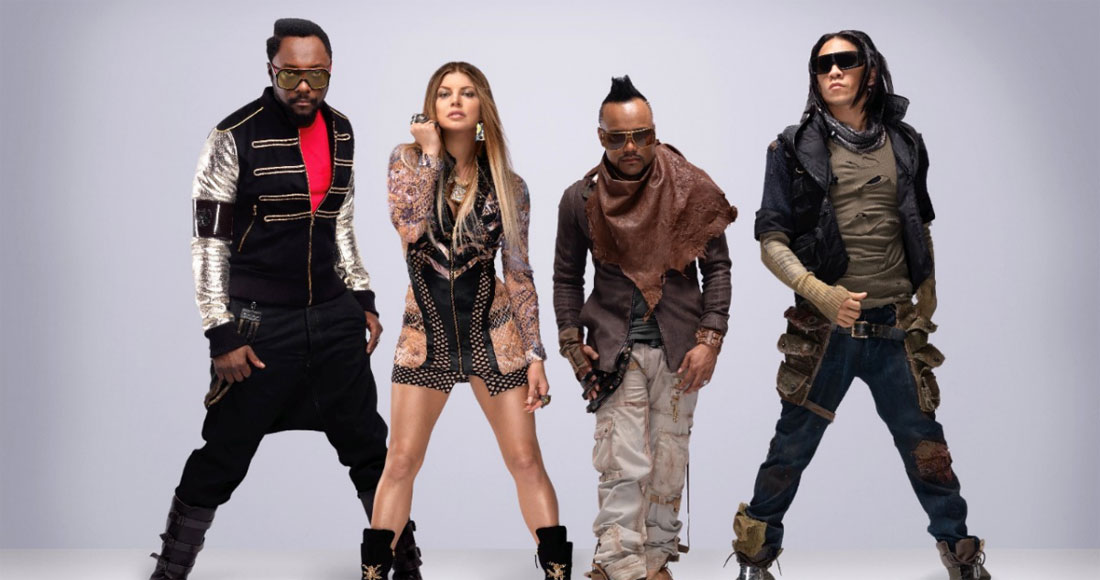Robot dreams
Released as the third single from Discovery in 2001, Digital Love is the instant. Wide open to the stars, Daft Punk traded the club for the bedroom window. Although the French pair were already recognized for sifting house via robotic and raving prisma, this song was somewhat softer. It encircled yearning in vocoders, transformed nostalgia into neon, and mixed heartbreak with pure lyrical happiness. Beneath the creases and filters, it’s mostly a love song left unreleased repeating eternally.
Based on a sample from George Duke’s I Love You More, the song starts with that trademark Daft Punk paradox: human emotion expressed via electronic circuitry. It’s pulse-driven retrofuturism. Though the music is simple and the vocoder is heavy, the mood is evident. Here is yearning, but it never implores. Instead, it dreams, dances, and drifts. Discovery was inspired by childhood recollections of records listened to in a bedroom at night, according to Thomas Bangalter once. Digital love sounds precisely like that memory, only a little louder.
Then the solo begins. Somewhere in the middle between a synth and a guitar. Though it sounds like nothing else around it, filtered, frantic, and evidently painstakingly created note by note honors the heroes of 70s rock. It’s a solo meant to break through rather than to display, cutting through the sweetness with raw melodic insistence. Digital Love strikes the hardest on an album of conceptual brilliance since it does not aim to be smart. It only feels.
No one plays solos in their songs anymore, but we wanted to include some on the album.
(Thomas Bangalter, 2001)
Adding another level of sci-fi romance, the video for the track, part of Leiji Matsumoto’s Interstella 5555 anime project, a love story told through pixels and astral planes. Daft Punk’s grand vision was music felt, seen, and remembered rather than merely heard. Long before musicians were pursuing cinematic worlds, Daft Punk created one with heartbreak, laser beams, and disco dust.
Dance music early in the 2000s was preoccupied with chasing higher drops and BPMs. Daft Punk went with authenticity. Digital Love haunted bedroom ceilings, late-night drives, and headphones rather than dominating clubs. It brought our attention to the possibility of machines crying if you gently programmed them. And by doing so, it emerged among the most quietly radical songs of its time.





